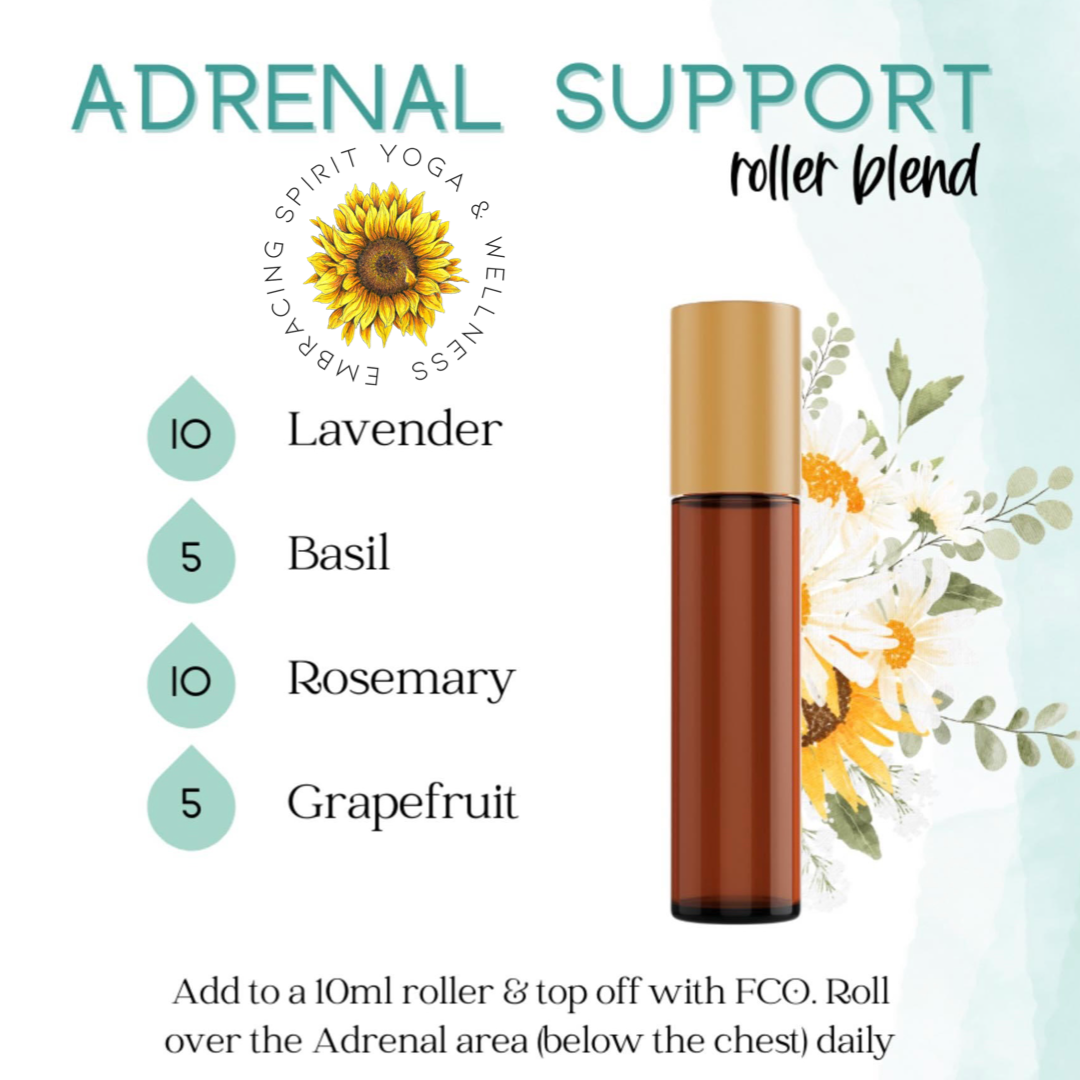Don’t want to wait days or weeks to enjoy homemade pickles? Easy Refrigerator Pickles are a quick version ready to eat in just a matter of hours! Made with a mixture of vinegar, garlic, turmeric, and other traditional pickling spices, Easy Refrigerator Pickles are packed with fabulous flavor. — And whipping up a batch takes hardly any effort at all.
If you’re like me you will soon have a bunch of garden-fresh cucumbers coming in that you’re looking for tasty ways to enjoy? Then give this super easy Refrigerator Pickles recipe a try!
A batch of tasty Refrigerator Pickles is super easy to make — truly requiring hardly any effort at all. Simply thinly slice a bunch of cucumbers, and layer the slices in a large glass bowl with thinly sliced onions. Then heat a simple vinegar-based brine and pour the hot brine over the cucumbers and onions. That’s it!
Let the brined pickles cool to room temperature, then chill them in the refrigerator for 4 hours. — After this brief brining time, you’re ready to dig in and enjoy their deliciousness.
This Refrigerator Pickles recipe has two components: 1. the pickles themselves, and 2. the vinegar-based brine. To whip up a batch you’ll need:
For the pickles:
- Pickling cucumbers – Picklingcucumbers are the ones that are shorter and stouter than regular cucumbers. They have thinner skins, a crunchy texture, and smaller seeds, all of which are characteristics that make them perfect for pickles. — Think Kirby, Boston Pickling, and most homegrown cucumbers, just to name a few. If you don’t have your own homegrown, pickling cucumbers can be found in most grocery stores.
- Onions – Bring flavor, and get pickled right along with the cucs! Any type of onion can be used, however we usually use sweet Vidalia or mild white onions.
For the brine:
- White vinegar – Forms the base of the pickling brine. We recommend sticking with white vinegar rather than using other vinegar varieties, as white vinegar provides a more straightforward “cleaner” flavor base for the other pickling ingredients in the brine.
- Fresh garlic – A key ingredient in creating a true pickle flavor. Thinly slice fresh garlic cloves (rather than leaving them whole) to fully release their flavor in this quick-pickle method.
- Sugar – A bit of granulated sugar tones down and “smooths out” the vinegar flavor in the brine.
- Salt – Enhances the flavor of the finished pickles. In a true canning process, salt also serves as a preservative for the pickles. Since Refrigerator Pickles are stored in the refrigerator for only up to 4 weeks, instead of in jars for a significantly longer period of time, salt serves soley a flavor role in this recipe.
- Mustard seeds – A traditional pickling spice, mustard seeds bring that signature sharp, zingy flavor to the pickle brine.
- Dill – You can use fresh dill (my preference) or dried dill. The more the better in my opinion!
- Celery seeds – A spice made from the seeds of wild celery plants, celery seeds are also a traditional pickling spice. They add a strong, distinct flavor to pickles that is difficult to replicate with any other ingredient.
- Turmeric – Brings a distinctive earthy flavor and the yellow color to these Refrigerator Pickles. Ground turmeric is a spice made from the roots of the turmeric plant, and is generally bright yellow in color but you can also use turmeric essential oil! What a punch of flavor!
- Black pepper – Enhances the pickles’ flavor, bringing its signature peppery flavor to the mix.
- Crushed red pepper – Crushed red pepper flakes bring the heat to the brine and finished pickles. The full 1/4 teaspoon called for in this refrigerator pickles recipe makes finished pickles that are quite spicy. If you don’t want spicy pickles, use just a pinch. If you don’t want any “heat” at all in your refrigerator pickles, omit the crushed red pepper altogether.
How to Make Easy Refrigerator Pickles:
It takes hardly any effort at all to whip up a big bowl of Easy Refrigerator Pickles. And what’s even better than that, is you’ll be enjoying their deliciousness in just a few hours after they’re made.
To get a batch going, start by thinly slicing about 6 cups of cucumbers and about 2 cups of onions. Layer the cucumber and onion slices together in wide mouth mason jars.
Next, heat up the pickling brine. — Combine some white vinegar, sliced garlic cloves, sugar, salt, mustard seeds, celery seeds, ground turmeric, black pepper, and crushed red pepper (if you like some heat in your pickles!) in a small saucepan, stirring them together until they’re well mixed. Bring the mixture to a boil over medium-high heat and cook everything together for 1 minute.
Immediately pour the hot vinegar mixture over the cucumber/onion mixture in the bowl — do not stir the cucumber and onion layers, just leave them be. If the hot vinegar mixture doesn’t completely cover and submerge all of the cucumbers and onions when you pour it over them, don’t worry. — As the cucumbers and onions sit and soften in the vinegar mixture, they will all eventually be submerged.
Let all of this cool to room temperature. Then place lids on jars and chill the pickles for at least 4 hours before serving.
When ready to enjoy, give the pickles a little stir to mix the cucumber and onion layers together. At this point, the Refrigerator Pickles can be enjoyed immediately or stored in the refrigerator for up to 8 weeks.











